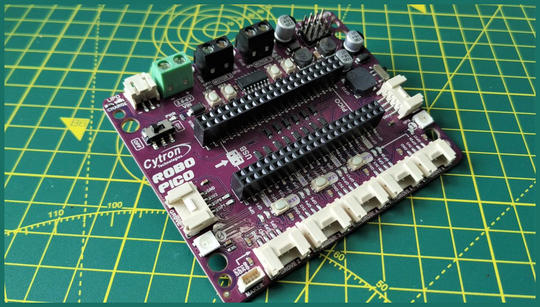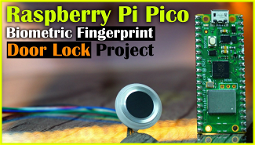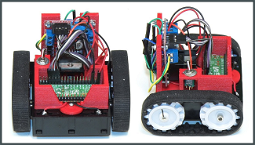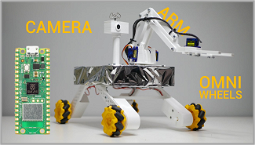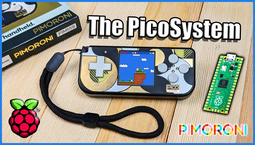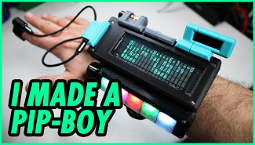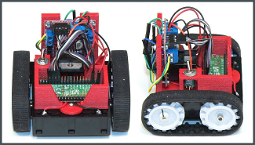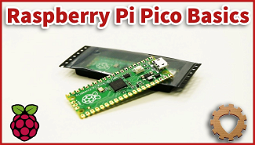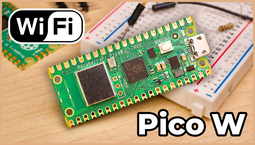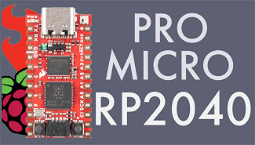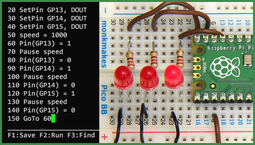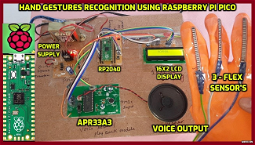Robo Pico: A Simplified Raspberry Pi Pico Robotics Board
A Raspberry Pi Pico Robotics board has been announced by Cytron, a Malaysian maker, that promises to make robot-making a whole lot simpler. The Robo Pico is a compact purple PCB that packs a lot of functionality, and it’s now available to buy.
The Robo Pico is a Raspberry Pi Pico robot board. It uses the power of the Pi to manage its functionality, and it supports Pico-compatible programming languages. You’ll need to insert a Raspberry Pi Pico into the Robo Pico, but it’s a neat way to manage all the functionality.
The Robo Pico from Cytron is an Arduino-compatible maker board, featuring an onboard power management system for charging LiPo batteries. It’s designed for classroom, maker space, and home use, and it’s an affordable option, starting from $15 for a bare board.
There’s a lot to unpack with this board, so we’ll start with the basics. It’s a purple board, which is immediately reminiscent of Cytron’s other Maker boards, particularly the Cytron Maker Pi RP2040. The Robo Pico is also very similar to that board, with a densely packed purple PCB that’s jam-packed with connections.
On top of the Raspberry Pi Pico is an array of GPIO references printed on the silkscreen, making it easy to identify the pins you’ll want to use for various projects. It also includes surface mount soldered components and M3 screw points for securing it to projects.
Getting started with the Robo Pico is a breeze. Cytron says it’s designed to work with minimal software libraries, making it simple to get started. It supports CircuitPython, MicroPython, and C/C++, so there’s plenty of choice when it comes to programming it.
I got to try out a few different components with the Robo Pico, and it’s worth noting that I used CircuitPython for most of the demos. I didn’t encounter any surprises while testing things out, and it’s immediately clear that this board is designed for beginners.
The Robo Pico’s motor terminals have test buttons for every motor, which makes it easy to test things without writing any code. You’ll also find an onboard buzzer and Neopixels, both of which are great for simple projects.
The Robo Pico can be powered via micro USB, the VIN terminals, or a LiPo battery. The ability to charge the battery using micro USB is really nice, as it provides a consistent power source. The board also features an onboard power switch and reset button, which are a nice touch.
In short, if you’re looking for a Raspberry Pi Pico robotics board that’s ideal for classrooms, this is it. It’s cheap, it’s simple, and it packs in a lot of functionality. Cytron also says the Robo Pico is “an electronics playground”, and I’d have to agree.
For more info on the Cytron Robo Pico, check out the official website. You can also subscribe to get notifications when it becomes available.
